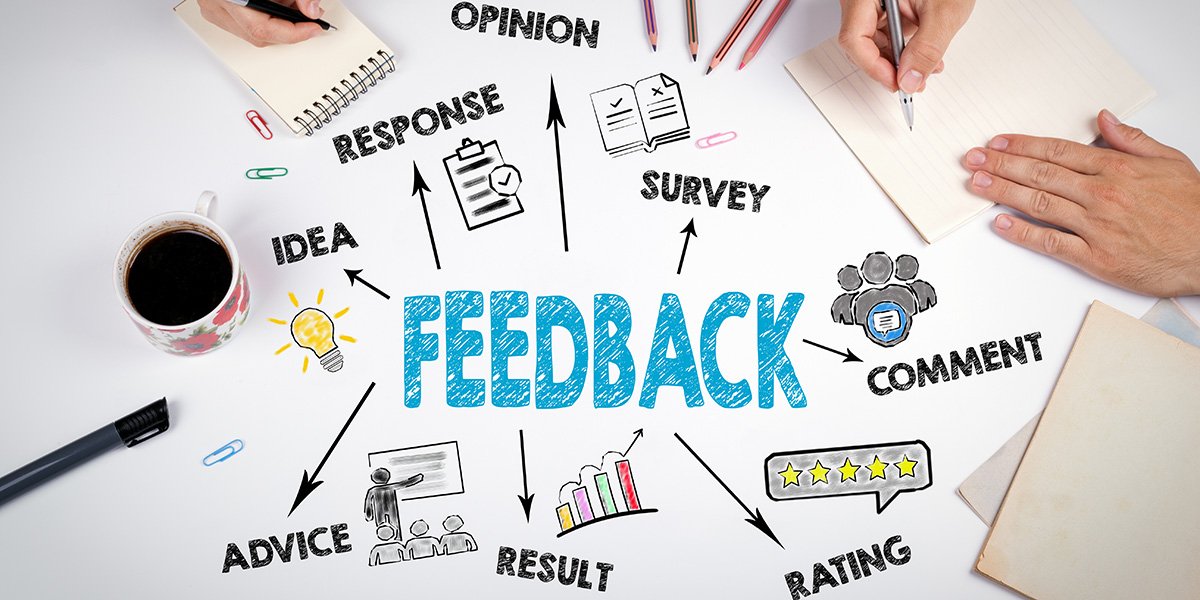The Feedback Loop: Using Data to Make Your Marketing Smarter
This is Post 4 in our Connected Strategy series—a step-by-step breakdown of how to align your website, SEO, and social media into a smarter, more scalable system.
Want the complete system now? Download the full eBook → Includes all 5 parts plus a strategy checklist to help you apply it.
Data Is Feedback—If You Actually Use It
Your audience is giving you constant feedback. Sometimes it’s obvious—comments, shares, direct messages. But more often, it’s subtle: a bounce, a short visit, a skipped CTA.
The question is, are you paying attention?
Most businesses collect metrics but don’t act on them. You might know which blog post gets the most traffic, but are you optimizing the page based on how people interact with it? Do your best-performing Reels or carousels influence what you write next? If not, you’re leaving value—and opportunity—on the table.
When your platforms are connected, each piece of content becomes a data point. And that data can guide what you create, improve, or stop doing entirely. This is what we refer to as Feedback Loop Marketing.
Build Your Feedback Loop That Gets Smarter Over Time
Let’s say your blog post on “How to Prep for a Branding Shoot” ranks well and brings in steady traffic. Take that insight and repurpose it—turn the key points into an Instagram carousel, link it back to the full article, and track the clicks. If it performs well, test a download offer or checklist on the same page.
Or flip it. Use the questions you hear in your DMs or comments as raw material for blog posts or new service page content. Create a “You Asked, We Answered” section on your site. Add a homepage block that addresses the most common question you got last month.
The loop is ongoing. The content you share informs your site, and your site’s data informs what you share. One feeds the other.
Connect the Dots Between Social, Search, and Site Behavior
User behavior isn’t linear—it loops. Someone might see a tweet, check your site, bounce, then follow you on Instagram. Weeks later, they click an email and book a call.
But if your channels aren’t talking to each other—or worse, if you’re not tracking those touchpoints—you’ll never know what actually worked.
That’s why it’s critical to use tools like:
- UTM parameters to track where visitors come from
- Heatmaps to understand what users do once they arrive
- Social engagement data to steer your next offer, page, or post
When your platforms are aligned, your strategy becomes self-improving. You’re not just publishing content; you’re optimizing a system.
📘 Want the whole system? Download the Connected Strategy eBook now →
Get all 5 chapters, a bonus checklist, and a smarter way to scale.





